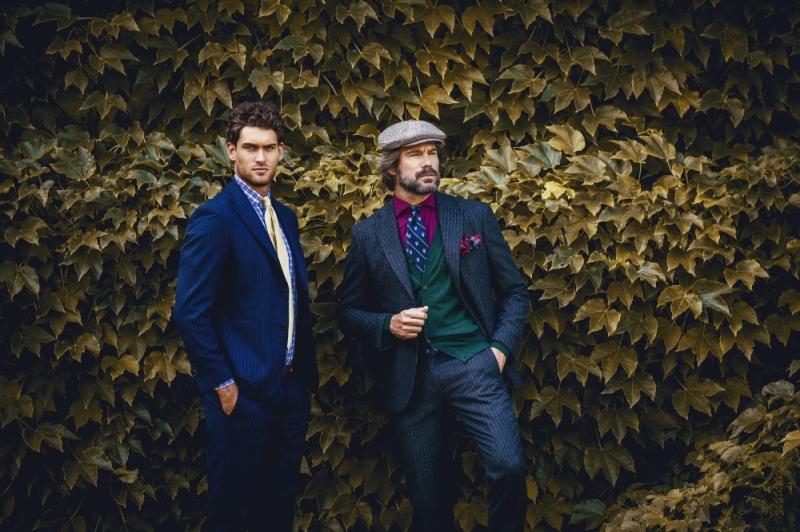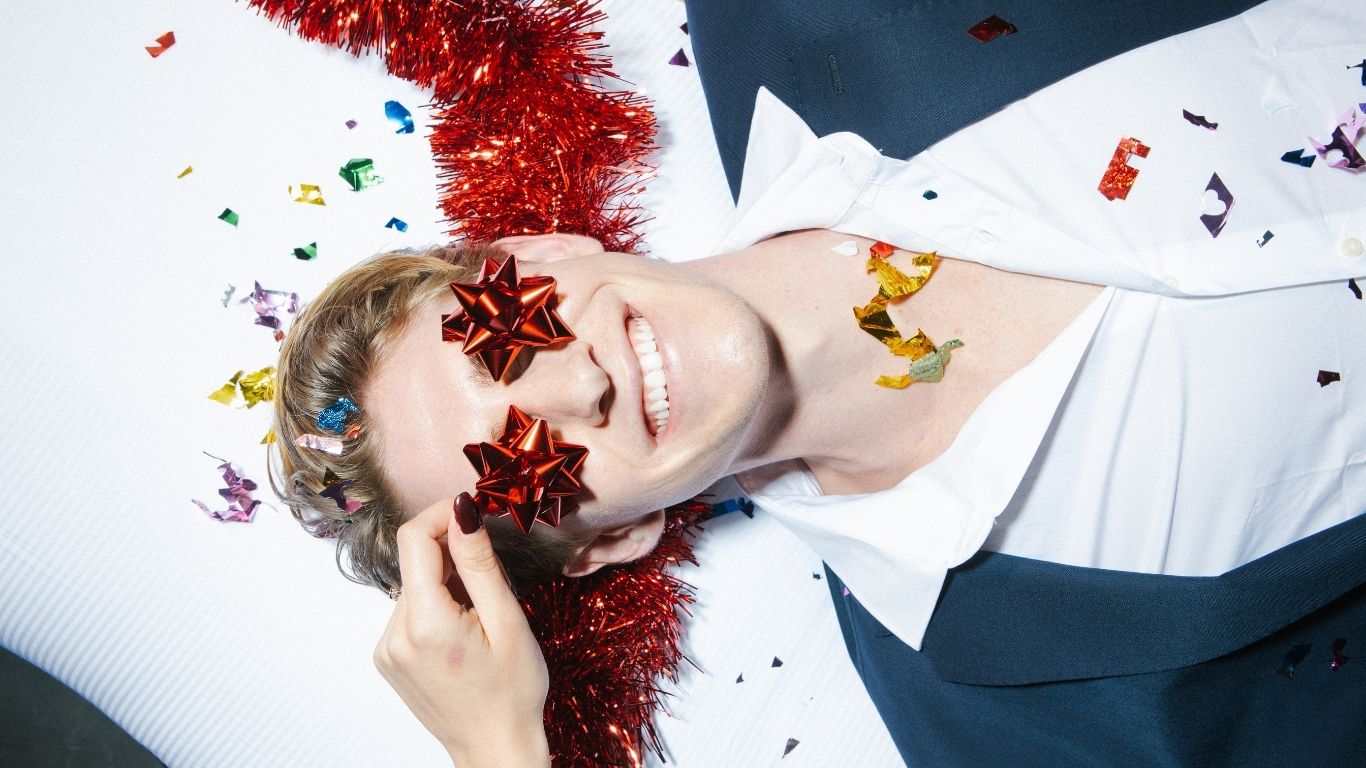The geography of elegance and the language of style

The bourgeois suit, symbol of the social role in the West, corresponds to the Arab dishdasha, as the Japanese hakama has the same meanings as the Indian sherwani. Through fashion, the geography of male elegance is reconstructed.
The journey in men's fashion style is long and varied and corresponds to the quantity of meanings of elegance that can be found in the sedimented cultures practiced in the four corners of the planet. Which are divided, different and often engaged in a dialogue that even leads them to intertwine without getting confused, but they always express the same specificity because everywhere the sense of male elegance responds to the codes that communities have self-assigned to express their character. Perhaps, much more than women's fashion, men's style can describe a sort of cultural geopolitics. A characteristic that belongs to the character of fashion, which is not by chance a system of signs and meanings capable of condensing the culture of an era, a place, a history. Which is variable not only because of how socio-economic conditions vary but also because of how the rules that condition daily life in various parts of the world change.
Probably, only we Western men, conditioned by the rules of bourgeois dress (the jacket-pants-shirt suit with or without a vest) are tied to a criterion that confuses style with elegance, without considering that the two words express different concepts and that the first refers to personality, the second to circumstance. And yet, the concept of style referred to the person was born in the West: «Le style est l'homme même», style is man himself, said the Enlightenment naturalist scientist George-Louis Buffon in his inaugural speech at the Académie française in 1752, thus clearly separating it from elegance, understood as a characteristic of hair and dress, and presupposing that style was independent of the dress, elegant or not, that one wears. From this it follows that in the West it is enough for a man to wear «the dress» to fulfill the duties of representation on more than one occasion while in other cultures the male suit is only a sign of belonging, therefore one of the many possible styles, and not «the style» that determines elegance.
In 2004, Tom Ford, at the height of his success as a designer for Gucci and Yves Saint Laurent with a fashion that was the result of an exercise that linked refinement and sensuality, he declared that the most elegant man in the world was Hamid Karzai, the newly elected president of Afghanistan. The statement surprised many because the ethnic Pashtun politician did not at all meet the criteria usually in vogue to define male elegance. With his collarless shirts, the long jacket (a variant of the Pakistani achkan) over trousers covered by a cape with embroidered edges and the karakul cap, Karzai's style was as far as possible both from the clothes that Ford designed and from Western habits. And yet, there was no doubt that the newly elected Afghan president had a style that distinguished him from anyone else for his elegant personality and manners without relegating him to that category of "traditional clothing" with which, mistakenly, we often accustomed to define the men's clothing of cultures and geographical places far from us.
The geopolitics of clothing, therefore, leads us to highlight how definitions are relative and that the dress that we call "traditional" for other cultures has the same characteristics that for us the bourgeois suit covers, that is, a dress that others could define equally traditional. Even more so since if for Western men style and elegance are put into play to fulfill certain tasks of social representation, the same is true for non-Western clothing.
For a man of Arab culture, being elegant means wearing the dishdasha (also called thawb, kandura and suriyah), a generally white tunic that reaches the ankle, overlaid by the djellaba (in Morocco, however, this is what the tunic is called) which is a generally black cloak with gold-embroidered edges, and covering the head with the keffiyeh, a square scarf worked in a black and white or red and white houndstooth pattern or just white for the summer, held in place by the iqal (or agal), a band that folds like a figure eight. If this is elegance, it is up to the Arab man's style to choose the double wrist for the dishdasha. which is closed with gold and precious stone cufflinks or the simple one or whether to leave the sleeves as wide as those of the tunic. Always to his sensitivity is the choice of the color of the djellaba and the keffiyeh and the decision whether to wear the tunic under the dishdasha or not and whether to insert the taqiyah, a kind of perforated cotton cap, under the keffiyeh. The same differences between the rules of elegance and personal style are found in Morocco, where the tunic is called djellaba, on the head they wear the fez (a cylindrical hat mostly red with a black pompom) and on the feet the babouches of a color matching the tunic. Colors that are cancelled out on hyper elegant occasions (the groom at the wedding, the king at the coronation or at official celebrations), but also in situations of mourning (at the funeral and in the three months following the death of the father), when even the burnus (the cloak with the hood) must be strictly white.
So, here it is, the rules of dress correspond to social rites. In fact, just as in the Western world the jacket-pants-shirt suit expresses the social representation of male power, so in what we conveniently call the Arab world the unification of style and dress levels the socio-economic classes to the reputation of "good Muslim", which in theory should be the same for the rich and the poor.
Flying a little further East, in Japan there is extreme proof of how much style corresponds to culture. In fact, Japanese men have adopted Western clothing in all respects but have reserved the hakama for important occasions. In search of signs of belonging, many young people wear the typical skirt-pants tied at the waist and ankle-length, both in the version with split legs (umanori, created for riding) and in the skirt version (gyoto). Naturally, worn with tabi (socks that separate the big toe) and zori (straw flip-flops). Exactly the same thing is happening in India, where the Westernization of the English era is giving way to a rediscovery of authentic style, the one that in our eyes transforms anyone who adopts it into a maharaja or a Bollywood actor. But we cannot help but surrender to the originality of a man wearing the sherwani, the classic straight-cut silk frock coat that covers the tunic, over jodhpur trousers. In fact, that is a style that just by looking at it makes you say "chapeau!".




